 Abraham Lincoln
If given the truth, the people can be depended upon to meet any national crisis...
Abraham Lincoln
If given the truth, the people can be depended upon to meet any national crisis...
 Guildford news...
for Guildford people, brought to you by Guildford reporters - Guildford's own news service
Guildford news...
for Guildford people, brought to you by Guildford reporters - Guildford's own news service
Birdwatcher’s Diary No.66
Published on: 20 Jul, 2014
Updated on: 20 Jul, 2014
By Malcolm Fincham
Some pleasant days of sunshine during the first weeks of July gave me some great opportunities of getting out with my camera in and around Guildford to some areas I don’t often get the chance to visit.
It also brought some rather pleasing results in respect of wildlife sightings and photographs.
The first of my outings was a cycle ride across town with some of the lighter of my camera gear up on to Pewley Down. This is an area I had not been to since last summer when I reported on the brief visit there of a red-backed shrike.
Since promising myself then to revisit I was glad to have finally done so. The views certainly made the cycle ride worth while. And while gazing to the horizon I knew that anything else I was to see would be a bonus.
Fortunately, for this part of the report’s sake, I did manage to add a few sightings and pictures while there. Having become quite interested in the many species of butterfly we have in Surrey there were plenty to be seen on the sloping grassland.
The majority being meadow browns with marbled whites coming a close second.
Being quite a novice to the world of lepidoptery, the third was a little more difficult for me to identify. With several types of blue butterfly found in the UK I’ve guessed this one to be a common blue.
A rather pleasing sound of a skylark could be heard along with a distant sound of a yellowhammer. On following the second sound I managed to pick it out and get a record shot of it as it sat perched high in a tree.
Another photo I was rather pleased to get that evening was that of a green woodpecker – or yaffle as they were once called due to their laugh-like call.
As I watched closely I realised it was feeding on insects on the tree bark using its long sticky tongue – a sight I’ve not often seen.
I have also been keeping an eye on the welfare and progress of the common terns with their three chicks at Stoke Lake.
On July 3 it was with some amusement as I noticed one of the young terns had managed to flap its wings enough to make it out from the mesh fencing around the raft that helps to protect the birds from predators.
Unfortunately, it had scored an own goal, as when the adult returned with a small fish it was unable to feed it, and so fed it to one of the two inside the meshing instead.
The young tern soon learned its mistake and returned to the confines of the raft having also taken a soaking by falling into the water trying to grab the food!
Also out on the lake were both juvenile great crested grebes, who continue to be attended individually by their parents.
A few swifts glided gracefully over the water.
Every now and again there would be a flash of halcyon blue as a kingfisher would dash low across the water, often disturbed unwittingly by a dog walker throwing in a stick or ball to be retrieved from the lake.
Even a gold-ringed dragonfly allowed me a photo opportunity.
Eight of the origional nine cygnets still surviving.
Heading home I came across eight cygnets still guided by one of their parents and now much larger than when I first saw and reported on them on May 10. Although now one less than then, still a good achievement to my reckoning.
The weekend of July 13-14 included a few trips out with Dougal – far more knowledgeable than I on identifying species of butterfly and where to find them.
One such trip was to Ranmore Common near Dorking and a place known as Denbies Hillside – an area of land owned by the National Trust. Click here for details.
With plenty of warmth and sunshine, the day certainly turned out to be a productive one with a nice selection of butterfly as well as other wildlife.
With some help I was able to distinguish the differences between large skipper and an Essex skipper.
Chalk hill blues could also now be viewed now gracing the countryside and also as gatekeepers, similar looking to the meadow brown but more colourful and with two white dots within the black dot on their wings.
Overhead we were alerted to two ravens as they flew by making their infamous gronking sounds.
While in a quiet sunny area both slow worms and an adder had been attracted out by the heat of the day.
Also on our walk, at an undisclosed location nearby, we managed to come across a Roman snail – a protected species with great concern of their demise due to illegal poaching. Click to read more.
A trip out to Bookham Common was on the itinerary for the following day to an area renown for seein purple emperor butterflies Although not such good views as the one’s shown in my previous report, our intentions were actually to see another type of purple butterfly, just as difficult to spot.
Having walked past the ‘master tree’ for the purple emperors and viewing several high up among the oak leaves we came to a small opening where a number of species of butterfly such as white admiral, and silver-washed fritillary could be seen.
Having spent a while looking up among the various deciduous trees we finally saw what we had been looking for – a purple hairstreak butterfly. Click here for more details.
Later that evening I was back down at Stoke Lake to check on the progress of the juvenile common terns.
All three could be seen now actively flying around the lake and even making attempts to fish.
Click to watch short clip on progress of juvenile common terns.
While taking a few pictures as they flew by, in the corner of my eye I was alerted to something flying up into the lower part of the sallows not far away to my left.

Kingfisher: judging by its dull coloured legs and white tip on it’s beak I’m guessing it to be a juvenile.
To my surprise I realised it was the kingfisher I had seen several times that evening and on many occasions during the last few weeks as it flew up and down just above the surface of the lake.
On close inspection I guessed it is one from this year’s brood. Click here for more details.
To have it perch so close was a real bonus and to get a few pictures as it did so was certainly a perfect end to the week.
Responses to Birdwatcher’s Diary No.66
Leave a Comment Cancel replyPlease see our comments policy. All comments are moderated and may take time to appear.
Recent Articles
- Guildford Institute’s Crowdfunding Project for Accessible Toilet in its New Community and Wellbeing Centre
- Letter: Guildford – Another Opportunity Missed?
- Letter: GBC’s Corporate Strategy – Where Is the Ambition?
- My Memories of John Mayall at a Ground-breaking Gig in Guildford Nearly Six Decades Ago
- Westborough HMO Plans ‘Losing the Heart of the Street’ Says Resident
- College Invests to Boost Surrey’s Economy and Close Digital Skills Gap
- Community Lottery Brings Big Wins for Local Charities
- GBC Housing Plan Promises ‘A Vibrant Urban Neighbourhood’ Near Town Centre
- Hospital Pillows ‘Shortage’ at the Royal Surrey
- Updated: Caravans Set Up Camp at Ash Manor School


Recent Comments
- Ian Macpherson on Updated: Main Guildford to Godalming Road Closed Until August 1
- Sara Tokunaga on GBC Housing Plan Promises ‘A Vibrant Urban Neighbourhood’ Near Town Centre
- Michael Courtnage on Daily Mail Online Reports Guildford Has Highest-paid Council Officer
- Alan Judge on GBC Housing Plan Promises ‘A Vibrant Urban Neighbourhood’ Near Town Centre
- John Perkins on GBC Housing Plan Promises ‘A Vibrant Urban Neighbourhood’ Near Town Centre
- S Collins on GBC Housing Plan Promises ‘A Vibrant Urban Neighbourhood’ Near Town Centre
Search in Site
Media Gallery
Dragon Interview: Local Artist Leaves Her Mark At One of England’s Most Historic Buildings
January 21, 2023 / No Comment / Read MoreDragon Interview: Lib Dem Planning Chair: ‘Current Policy Doesn’t Work for Local People’
January 19, 2023 / No Comment / Read MoreA3 Tunnel in Guildford ‘Necessary’ for New Homes, Says Guildford’s MP
January 10, 2023 / No Comment / Read More‘Madness’ for London Road Scheme to Go Ahead Against ‘Huge Opposition’, Says SCC Leader
January 6, 2023 / No Comment / Read MoreCouncillor’s Son Starts Campaign for More Consultation on North Street Plan
December 30, 2022 / No Comment / Read MoreCounty Council Climbs Down Over London Road Works – Further ‘Engagement’ Period Announced
December 14, 2022 / No Comment / Read MoreDragon Interview: GBC Reaction to the Government’s Expected Decision to Relax Housing Targets
December 7, 2022 / No Comment / Read MoreHow Can Our Town Centre Businesses Recover? Watch the Shop Front Debate
May 18, 2020 / No Comment / Read More



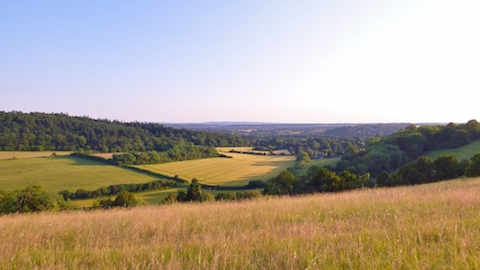

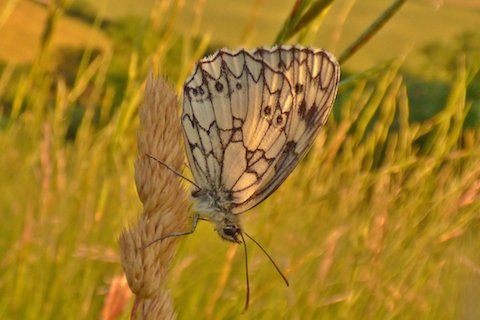
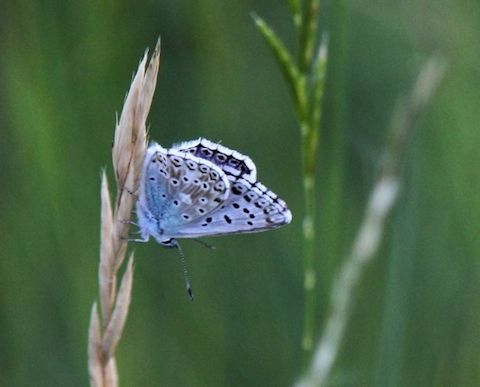
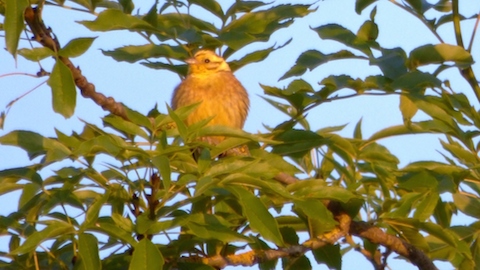
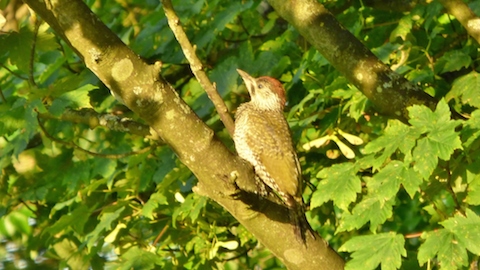
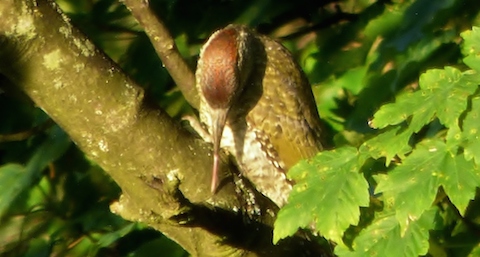
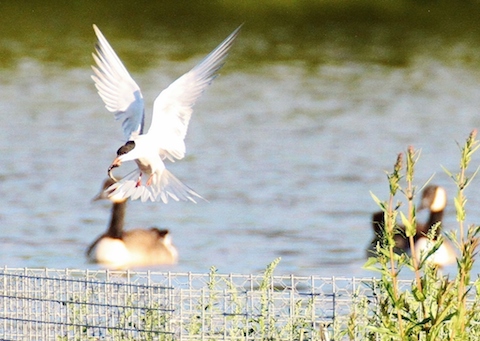
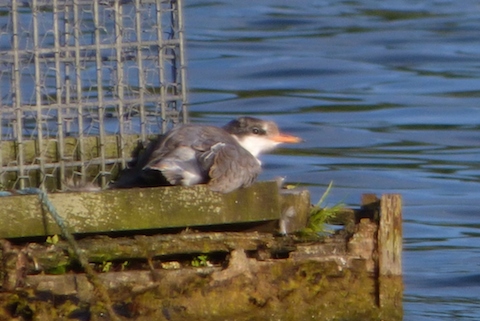
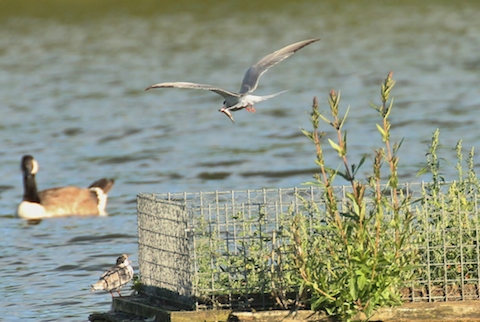
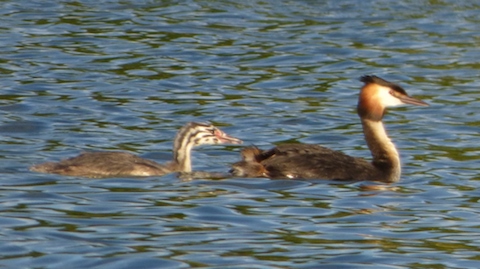
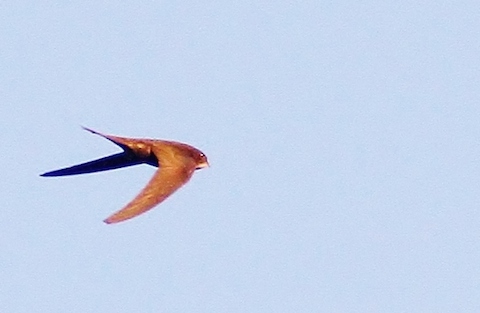
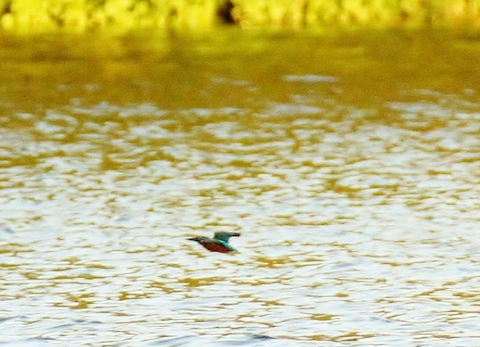
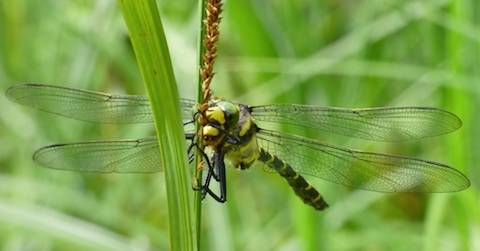
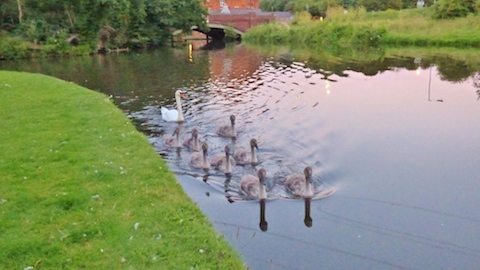
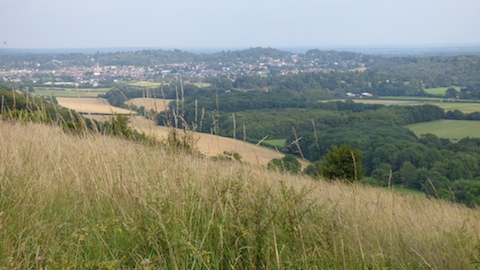
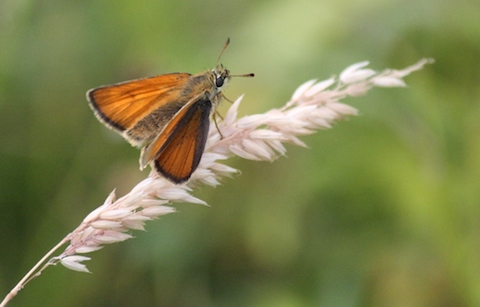
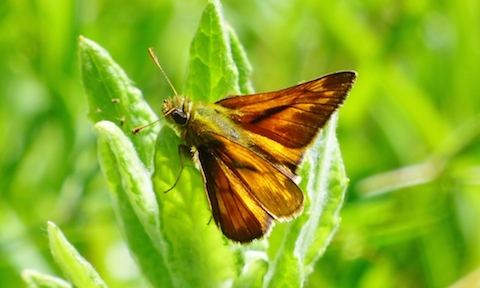

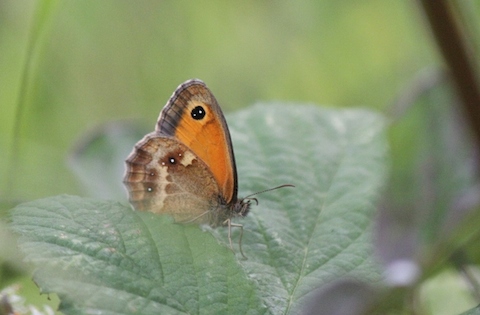
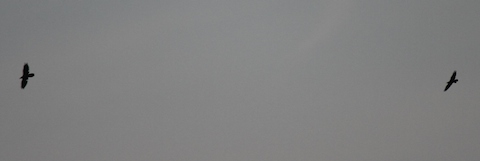

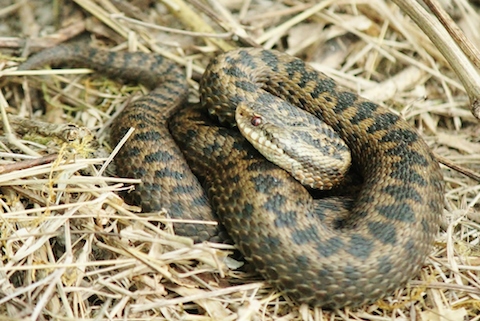
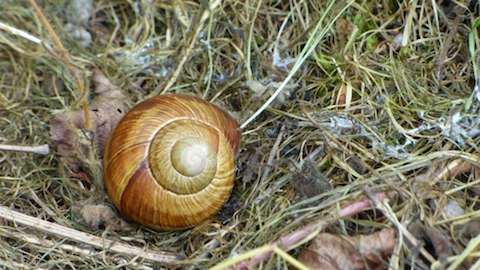
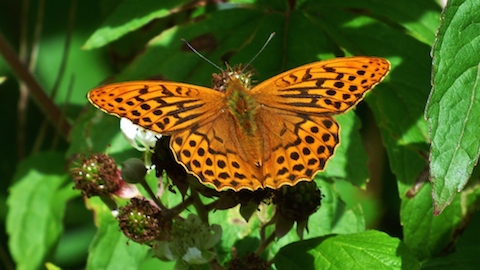
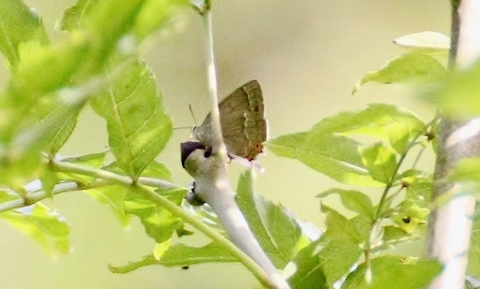
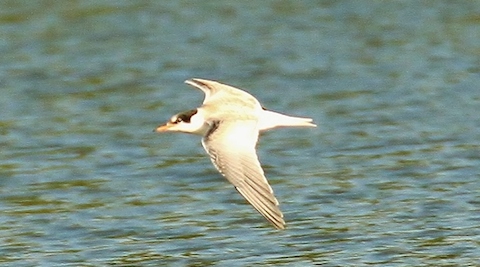







Lisa Wright
July 30, 2014 at 9:10 pm
Great stuff!
I always enjoy looking at your reports.
I particularly enjoyed the kingfishers this week.
Malcolm Fincham
July 31, 2014 at 10:47 pm
Thank you for your kind comments Lisa, and I hope their are many more readers like you out there who enjoy keeping up to date with some of the wonderful nature not too far from our doorsteps.